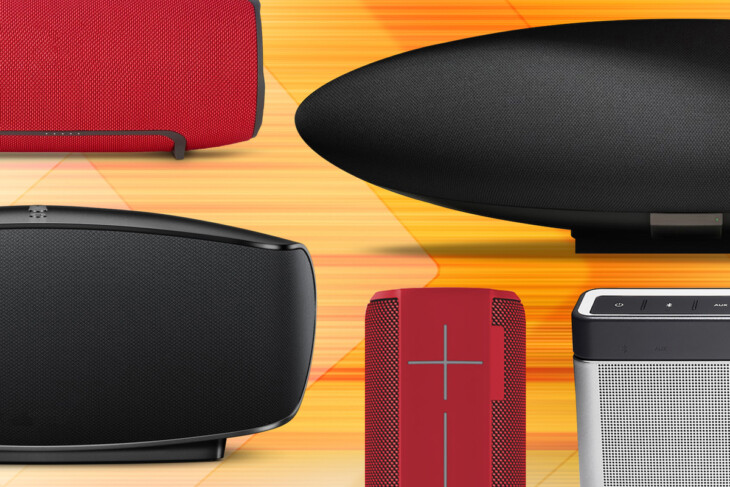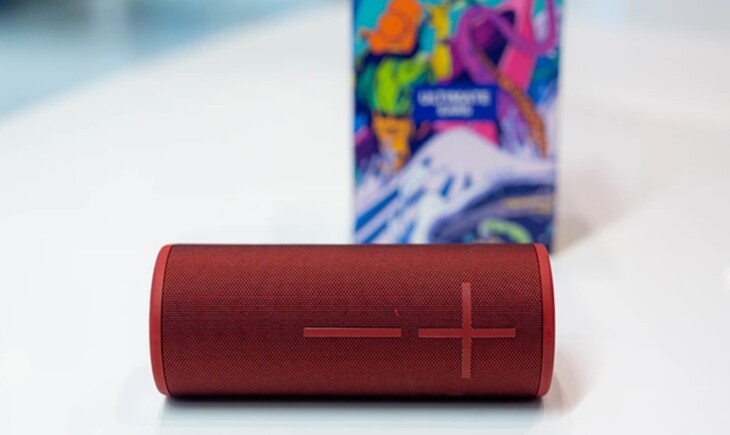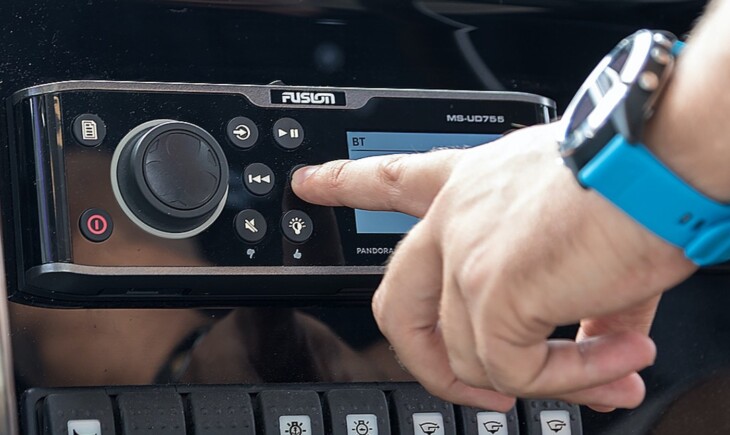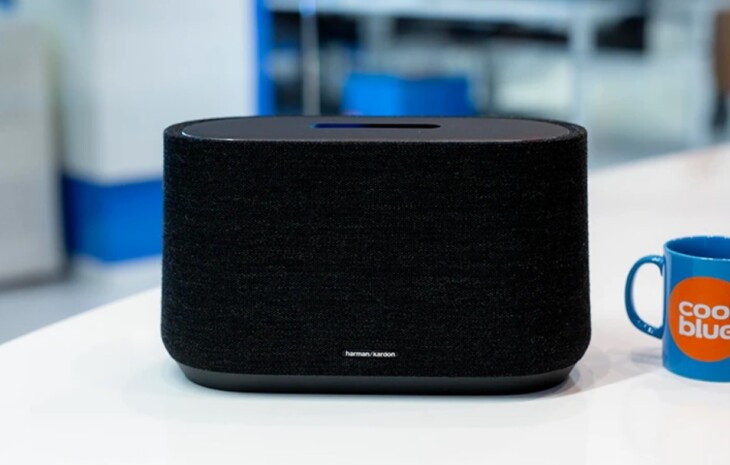Are you in doubt whether to choose a Wi-Fi or Bluetooth speaker? If you do, you should get some information about the variations between these speakers. In this article, we will talk about the functionalities included in both Wi-Fi and Bluetooth speakers. So let us explain shortly for a start. When it comes to a Wi-Fi speaker, all you do is connect a Wi-Fi speaker to your device via the wireless Internet, compared to a Bluetooth speaker that connects directly to your device. The benefits of a Wi-Fi speaker are that there is a larger signal, it provides higher sound quality, plus you also will not experience disconnection.
Conversely, a Bluetooth speaker does not require a Wi-Fi connection. It is usually very easy to connect speakers via Bluetooth. You can just locate your speaker in your smartphone’s Bluetooth menu, do the pairing, and then you are set. On the other hand, Wi-Fi can often be trickier. You need to configure it through your speaker’s specific app on your smartphone. Therefore, whenever a speaker includes support for both Wi-Fi and Bluetooth, many users choose to connect via Bluetooth for practical reasons.

Source: TechHive
Bluetooth versus Wi-Fi Speakers
Although Bluetooth is the most widely used for wireless music streaming, it is not the only one. Bluetooth is a wireless point-to-point system that pairs a transmitter with a receiver in order to play music. There is a direct and easy setup, allowing you to stream music of superior quality as a result of technological progress that has significantly upgraded the audio fidelity compared to a few years ago.
While Bluetooth may have no multi-room tricks, some speakers are able to set up stereo pairs using an app, and others provide a wireless grid of multiple speakers for multi-room audio. However, it is not nearly as high-resolution or high-performance as Wi-Fi multi-room audio.
There are standards for Wi-Fi audio, such as Apple AirPlay and Chromecast, as well as Wi-Fi streaming platforms from a variety of manufacturers. Wi-Fi is able to deal with more bandwidth than Bluetooth, and therefore supports audio with higher fidelity. Also, there is the possibility for it to be integrated into your home network. It will allow you to play audio effortlessly through any device, which is connected to your Wi-Fi, without having to pair anything.
The downside is that Wi-Fi music systems need a Wi-Fi network to establish a connection, which means they cannot function along with your smartphone in a portable way like Bluetooth speakers can. The varying Wi-Fi standards also mean that different services may or may not be accessible for streaming via the device. However, this presents far less of a problem today compared to the past, due to the long list of supported third-party services from Chromecast and Sonos. The new Sonos Move supports both Wi-Fi and Bluetooth streaming, which means there is no problem with compatibility.
Sonos is a leader in home audio, offering high-quality speakers that let you stream the premium sound in your home. One thing that makes Sonos exceptional is its vast streaming library. Sonos includes full support for everything from Spotify, Pandora, and Tidal to Audible, Stitcher, and SiriusXM. If you would like to browse these products and learn more, visit ebest.cl.

Source: Medium
Audio quality
When it comes to selecting speakers, the most important thing to consider is the sound quality. Wi-Fi speakers provide better sound quality than Bluetooth speakers do. Compared to Wi-Fi speakers, Bluetooth has a higher compression of data. Despite the fact that Bluetooth has a High Definition (HD) version, this new technology is only supported by some devices, for example, black and white PX headphones and wireless speakers, BlueSound products, and only specific smartphones and tablets.
As opposed to Bluetooth-only speakers, Wi-Fi speakers can compress data files without lowering the audio quality. In this way, these speakers are able to play high-resolution (Hi-Res) files. This is the audio file with the highest quality available.

Source: Fusion Entertainment
Bluetooth speakers
The sound quality is of utmost importance as long as portability is not your primary concern. While many speakers do not provide a lot of features, they do produce top-notch audio. Big tone may not be everyone’s cup of tea, but unless your speaker is really tiny, it is supposed to be able to reproduce low frequencies correctly while not causing distortion at high volumes. Clarity of sound, as opposed to sheer power, is far more important; also, a well-balanced, clean sound is what you should be looking for when buying a speaker. Moreover, in case you are looking for a sound system with the capacity to drive an entire party instead of one that will only be able to drive a small room, consider the speaker’s size. This is because the bigger a speaker is; the louder its sound will be, while it will still have good quality.
During the early days of wireless audio, Bluetooth proved to be far less capable than Wi-Fi standards due to its restricted bandwidth capabilities as well as audio compression. However, these issues got resolved. Bluetooth 4.0 along with the corresponding audio codecs are now able to provide audio in excellent quality.

Source: www.m-style-aroma.com
Wi-Fi Speakers
Wi-Fi can still have an advantage simply because of the available bandwidth. Therefore, in order to listen and enjoy music without interruptions via services like Tidal, you should probably opt for Wi-Fi instead of Bluetooth. Nevertheless, of course, a wired connection may be better than both may, whether due to faster data speeds for digital signals or simply because the cable transmits analog audio without conversion.
Wireless speaker systems provide a compact alternative or complement for a receiver-based audio system. Some have the ability to support even high-resolution music files or streams. Wi-Fi also functions as a spine for multi-room wireless audio systems. Multi-room wireless systems of this type do have the option of playing different songs in different rooms, but they also can play the same music. There is the possibility to adjust the volume or control music selection remotely from wherever you are in your home.
Given the fact that there is no actual difference between the audio quality of wireless and wired speakers, answering the question, “Which one functions better?” gets so much more complicated. Determining the best speaker solution comes down to several factors, depending on what the user will be using the speakers for. There will never be an end to the great debate about which type of speaker stands above the others when it comes to home devices, particularly with the evolution of technology that bridges the gap between wired and wireless.
However, the best-performing speaker system will always remain wired speakers. With their ability to transfer large amounts of audio physically from source to device without being interrupted, they will always rank first on the list. Consider investing in a quality set of amplifiers and subwoofers in order to fully equip the entire system, and get high-quality sound.
